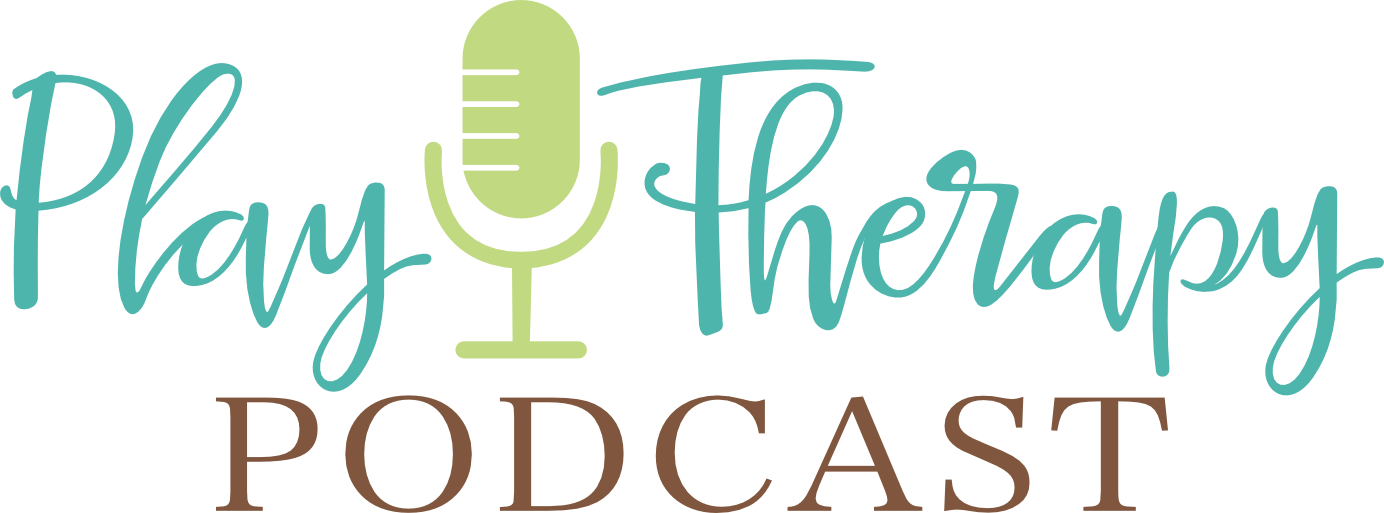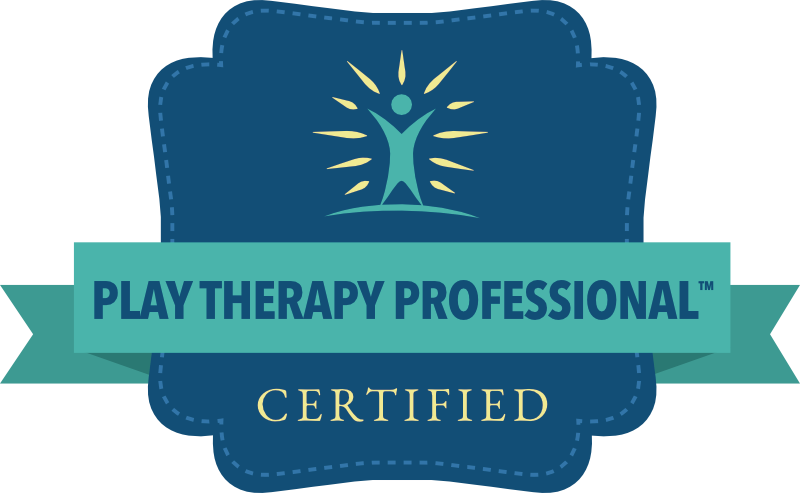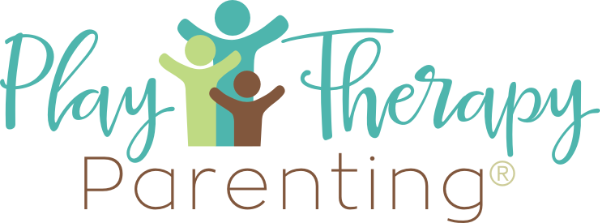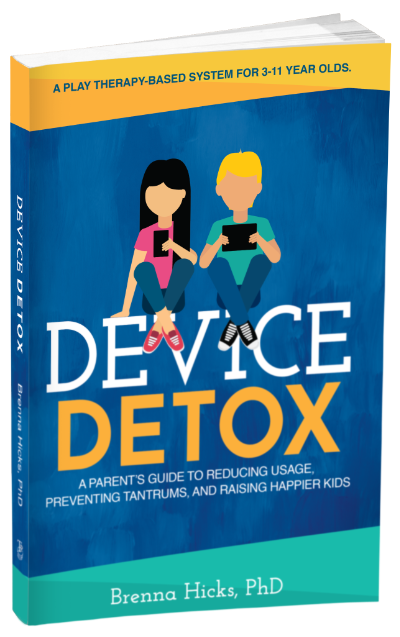Why Hiding Toys Matters: Reflecting Permanence and Trust in the Child-Centered Playroom
In this episode of the Play Therapy Podcast, I respond to a question from Rob in Arizona about a child who hides toys and asks if they will be safe while he’s gone. Rob has been using reflective responses and recognizing the child’s investment in these toys, but he’s curious about how to continue supporting this theme of safety and permanence. I discuss how hiding toys often symbolizes a child’s need for control, trust, and security, especially in the context of relationship permanence.
I offer strategies for acknowledging changes in the child’s play, reflecting their need for safety, and enlarging the deeper meaning behind these actions. Whether it’s about control, anxiety, or testing the durability of the therapeutic relationship, staying consistent and enlarging the meaning can help the child process these complex feelings. This episode is a reminder of the impact CCPT has in helping children feel secure and understood.
Sign up for my exclusive newsletter at playtherapynow.com. Stay ahead with the latest CCPT CEU courses, personalized coaching opportunities and other opportunities you need to thrive in your CCPT practice!
If you would like to ask me questions directly, check out www.ccptcollective.com, where I host two weekly Zoom calls filled with advanced CCPT case studies and session reviews, as well as member Q&A. You can take advantage of the two-week free trial to see if the CCPT Collective is right for you.
Ask Me Questions: Call (813) 812-5525, or email: [email protected]
Brenna’s CCPT Hub: https://www.playtherapynow.com
CCPT Collective (online community exclusively for CCPTs): https://www.ccptcollective.com
Podcast HQ: https://www.playtherapypodcast.com
APT Approved Play Therapy CE courses: https://childcenteredtraining.com
Twitter: @thekidcounselor https://twitter.com/thekidcounselor
Facebook: https://facebook.com/playtherapypodcast








